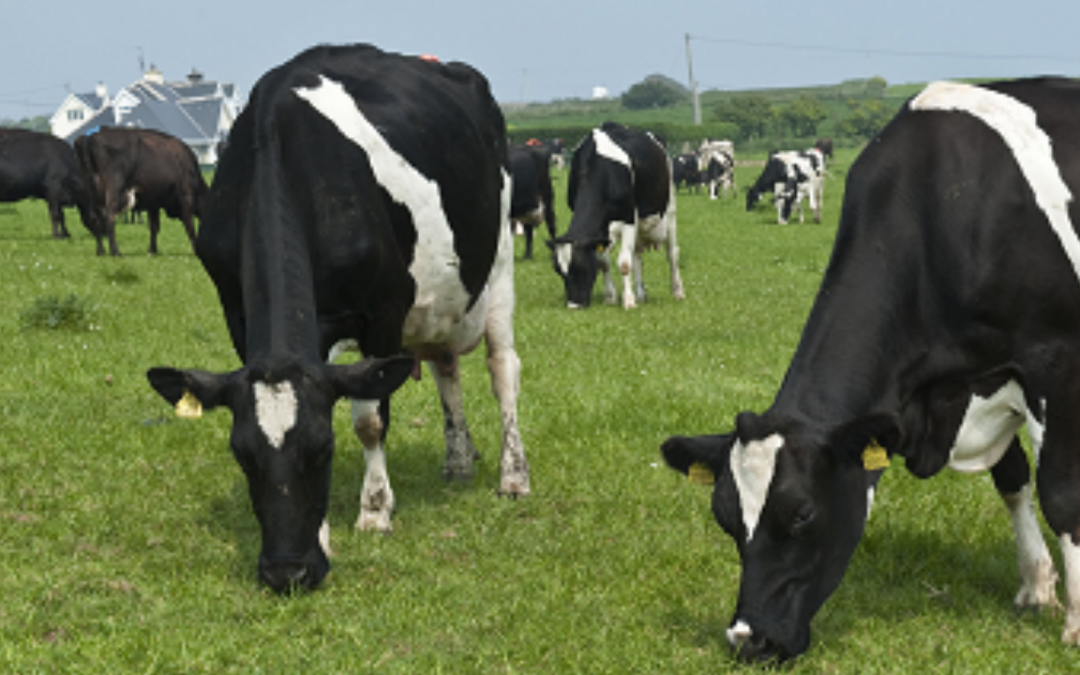Dairy cow diets that contain a high proportion of grazed grass will have greater energy density, which is extremely beneficial in early lactation. The energy content of grazed grass varies from 1.05 UFL per kg dry matter for fresh leafy spring grass, to 0.85 UFL per kg dry matter for very stemmy grass. However, relative to grass silage (72-77% dry matter digestibility silage varying from 0.81-0.86 UFL) grazed grass has a significantly higher energy content.
An energy dense diet is invaluable to a freshly calved cow as her intakes are limited in the weeks post-calving. For example, a cow will typically reach peak milk output 6-8 weeks post-calving but will only reach peak dry matter intake 10-12 weeks after calving.
Added value of spring grass
Every additional day that dairy cows are at grass this spring will equate to €2.70/cow/day in profit.
Obviously grazing conditions, grass availability and demand will dictate the percentage of grass in the diet over the next few weeks. However, at this point opening average farm cover should be calculated and the first paddocks to be grazed need to be identified. Target covers of 800 – 1,200 kg DM/ha until grazing ability increases/more cows calved.
Dry matter percentages in grass and grazing conditions must also be considered throughout, as this will dictate the level of buffer feed needed at the barrier. During periods of broken weather, low dry matter grass can result in reduced intakes and an increased risk of metabolic issues – use on/off grazing in conjunction with sufficient buffer feeding at the barrier.
Early Grazing Targets
- Dry farm target – 30% of the platform grazed by March 1st.
- Heavy farm target – 30% of the platform grazed by early-mid March.
It is important to use these targets as a general guide – grazing ground too quickly will mean the first rotation is too short, so grass simply isn’t available at the beginning of the 2nd rotation. Not grazing enough ground each day, means the 1st rotation will be too long, therefore creating surplus grass/heavy covers that must be grazed in the 2nd round, which can hamper grass growth and quality.
More Information:
For more information and advice on your dairy cow diet, contact your local Agritech Sales Advisor.


